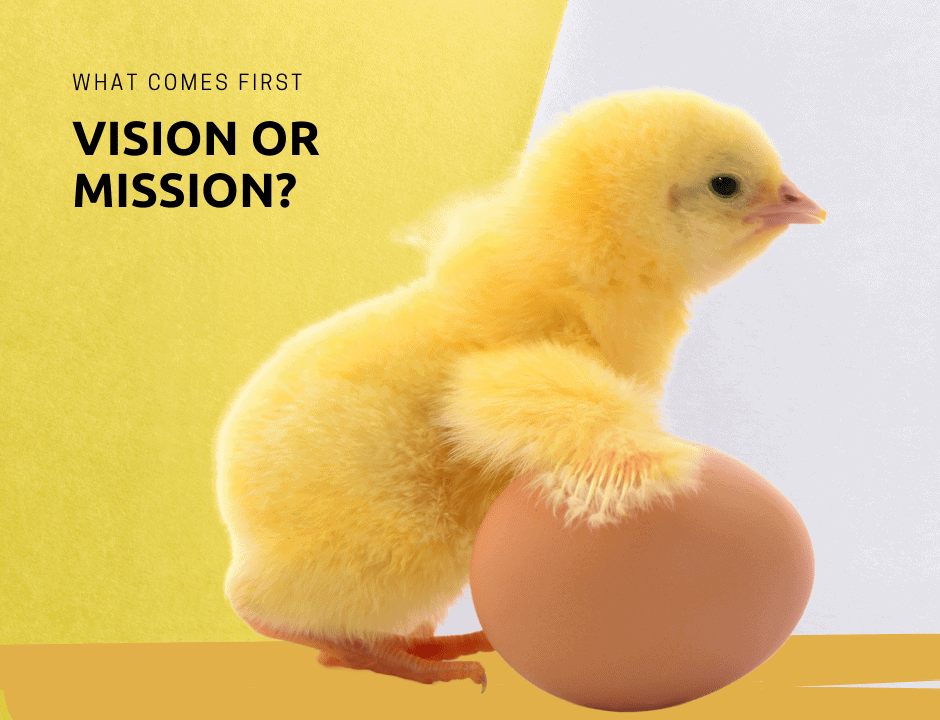Build an Inclusive Company Culture Through Internal Communications
The foundation of building company culture begins with internal communications;
Not one way communications from the company to the employees, but a two-way flow of information and ideas. Communications set expectations and memorialize shared goals. They lay the foundation to resolve problems and announce strategies, actions and achievements.
The voice of a company comes alive in day-to-day communications, but more importantly, it sets the tone for a conversation. For internal communications to work, there needs to be a channel to let employees talk back, and employees need to know that they are being heard.
This discussion and dialogue mentality must be embedded in the culture, and that requires a bit more than a weekly email newsletter with a comments section.
Employee Input and Company Improvement
Communication is a unique aspect of the Culture Framework because it is constantly in motion. Day-to-day communications must be dynamic and adaptable to respond to triumphs and crises, but they also need to be dependable and maintain the a consistent voice of both the company and employees.
A company’s internal communication, in many ways, are a prelude of the company’s future. Employees experience a far different side of the organization on the front lines than executives experience back at corporate offices. The store, showroom or factory floor, sees signs of change or improvement well before HQ, and if there is no channel for employees to speak up, problems can fester and innovation can stall, holding back progress.
A Perpetual Dialogue
Keeping a vigilant finger on the pulse requires constant investment, but it remains critical to employee engagement, and it requires follow through from leadership and the organization as a whole.
First step to creating or enhancing your internal communications strategy is performing a communications assessment, to determine what’s working, what isn’t working and were improvements can be made.
As a quick start - Assess your current internal communication strategy
You likely have an internal communication strategy already in place, so it’s always best to start with an internal communications assessment. If this is your first strategy, simply head to the next step. For everyone else, it’s essential to make notes on your current plan by answering important questions.
Some of the things you should immediately address when revamping your internal communication strategy include:
- Where you currently sit: How has your current strategy performed? What are your biggest strengths and weaknesses of note? Who is currently involved with your plan and who can you add to improve it?
- Where you’ll eventually be: We’ll dive into this more, but your initial assessment should point you in a better direction to where your strategy will be if you change your plan. Is it going to address your entire team?
- How you plan to get there: What is it going to take to get you to achieving your objectives? What type of content will resonate the most with your staff?
- How long it should take: How many resources are needed to reach your objective? What’s the difference between how long it should take vs. a realistic timeline for your team?
- Who’s involved: Is your current team too small? Are there too many cooks in the kitchen? Assessing your current strategy should indicate where you can add on or trim fat on your internal comms team.
Answering or planning to have a resolution for these talking points is important when reevaluating your strategy to deliver the right message to all internal teams.
Building Culture Through Communication
Culture and diversity are more than corporate check-the-box initiatives. When companies create opportunities to collaborate, embrace different perspectives and promote employee well-being, everyone benefits.
Get the conversation started — and unleash your workforce’s potential — with powerful communications.







